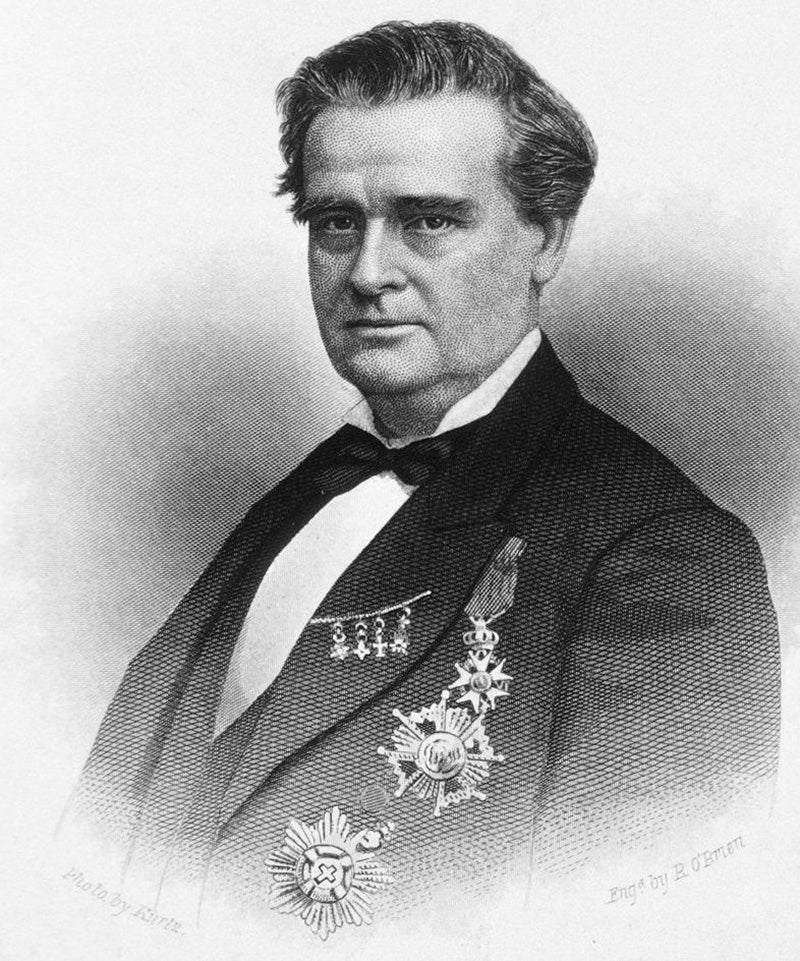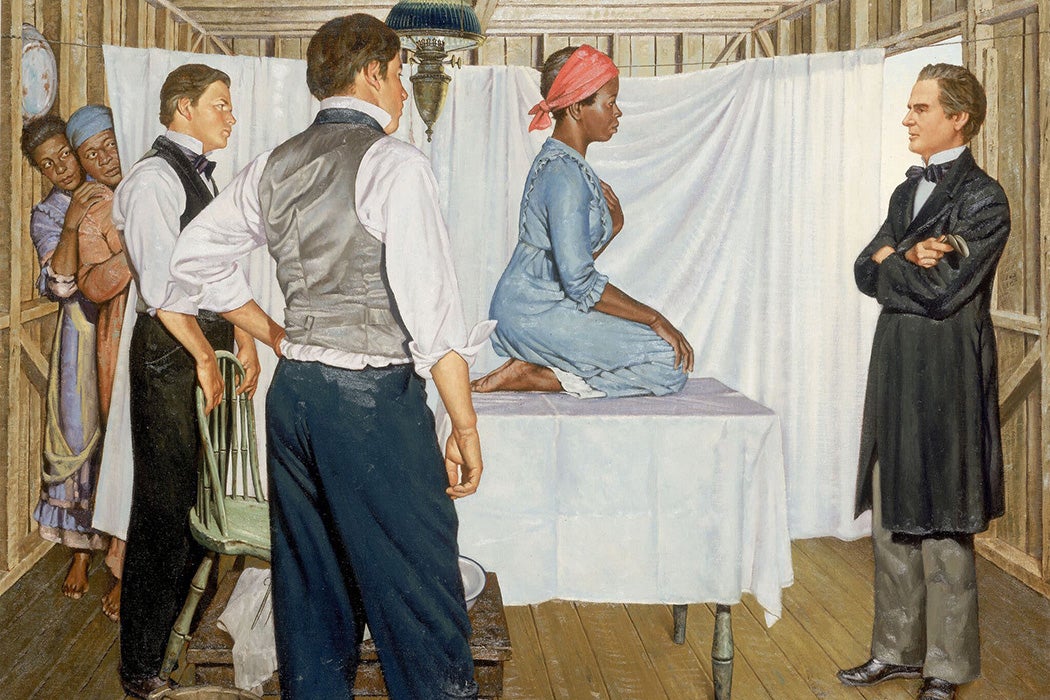It’s always the same. When I finish a heavily-researched book, I tell myself, “Okay, for the next one just pick something you can chronicle, a story you can live and then tell. Enough with the research already.”
That’s where I was eight years ago, when I stumbled across the term “vesicovaginal fistula.” I looked it up, and promptly fell into the deepest, darkest rabbit hole of my entire career.
I was looking into the biography of someone who had worked on fistula in Africa—or, more accurately, “obstetric fistula,” a catastrophic injury resulting from prolonged obstructed labor that leaves women with a perpetual leak of urine—where the condition is a crisis even today. Some of my earliest reading included articles from modern journals (see here, here, and here) about the ongoing effort to quash—or at least control—a preventable accident of childbirth that is exacerbated by systemic inadequacies in the delivery of healthcare across the continent.

Digital browsing also turned up fistula’s other claim to fame (see here, here, and here): a series of fistula experiments on enslaved women in Alabama—conducted without the use of anesthesia—formed the ur-narrative of the nineteenth century’s “father of gynecology,” J. Marion Sims. Fistula had stymied the medical world for thousands of years; Sims’s so-called “cure” was the creation story of modern women’s health.
Weekly Newsletter
I’m using scare quotes here because in my first quick dip into the literature—Sims’s biography and autobiography, three dissertation-turned-books, and a major work of medical history (see here, here, here, and here)—I noticed a couple of things. First, the Sims story as told by himself and his champions, long counted as historic fact, was palpably fraudulent, little more than propaganda. Second, the story as told by his antagonists tended to be limited to a narrow portion of his career. Sims was a sliver in works that were wide-ranging in scope and purpose.
More notably, there had not been a concerted effort to locate any of the young women whom Sims had identified as his earliest experimental subjects: Anarcha, Lucy, Betsey, and approximately seven others who in recent years have become known as the “mothers of gynecology.” Of these, Anarcha was the most consequential.
So, with trepidation, I launched into the research for what would become Say Anarcha: A Young Woman, a Devious Surgeon, and the Harrowing Birth of Modern Women’s Health. I would execute as deep a dive into Sims’s biography as had ever been conducted to undermine the legacy of a man falsely enshrined as a heroic pioneer, and I would excavate the life story of a young woman who changed the world, only to be forgotten by it.
Furthermore, I would reveal how the story of the Alabama fistula experiments was connected to an ongoing health crisis afflicting the entire developing world.
* * *
I found Anarcha in archives in Alabama, in New York, in private manuscript collections, and elsewhere. I was able to follow her story all the way to a remote forest in Virginia, where she lies under a lone marked gravestone.
That part of the work was on-the-ground, needle-in-a-haystack kind of stuff. It was the reexamination of Sims’s story that would call on digital records—in fact, a truly forensic accounting of Sims’s legacy may not have been possible at all without searchable digital archives.

To dedicate myself fully to researching Say Anarcha, I quit my job and gave up my apartment. I attended a number of residencies for artists and scholars, and spent time abroad, living cheaply. I recall a moment in Yerevan, Armenia, when I realized that in order to demonstrate that J. Marion Sims had not actually innovated the use of metal suture material in surgery, I needed to get my hands on an 1828 article from an obscure medical journal. My heart sank—but rose again when digital sleuthing made quick work of the search. Again and again, I saw that sources which just a few years ago might have taken a sabbatical to find were now just a few keystrokes and a decent wifi connection away.
Many resources were available on JSTOR, of course, but in addition—and in no particular order—I also called on HathiTrust, Ancestry.com, Internet Archive, Google Scholar, ArchiveGrid, FamilySearch.com, and others. In this way, I was able to track Sims’s movements around the world, uncover forgotten criticisms of his methods, and consult accounts of his death. I found the story of Sims’s friend, the clitoridectomist Isaac Baker Brown, and the “trial” that resulted in Brown’s expulsion from the Obstetrical Society of London. There were many details to be found on Sims’s contemporary critics, including Nathan Bozeman, Thomas Addis Emmet, T. Gaillard Thomas, Edmund Peaslee, Emil Noeggerath, A. Reeves Jackson, Moritz Schuppert, and others.
Although it is heavily researched, Say Anarcha is intended for a lay audience. Even for what I wished to argue, I believed, it was crucial that the story plant the reader inside of atmospheres and milieus, that it provide scenes and characters and pathos. It’s history that reads like a novel. That said, when a book sets out to correct an entrenched narrative—to revise its currently understood history—it’s critical that scholars and interested parties have the opportunity to consult its sources, scrutinize its narrative decisions. That left me in a bind. All told, the book relied on five thousand citations; even a curated selection of seven percent of the notes would have filled an additional eighty-five pages in a book that ran slightly longer than four hundred pages.
Instead, to include all of the book’s sources, I created a digital resource of my own, The Anarcha Archive. This is a bit of a misnomer, actually, because archives provide access to full documents. Rather, AnarchaArchive.com—created in partnership with Thomas Jefferson University in Philadelphia—is more like an “illustrated bibliography.” In addition to traditional citations, I offer, for each source, a citation and images of the source itself. Interested readers can consult not only directions to the holdings of a book or a primary source, they can see, in real time as they read, the source itself.
AnarchaArchive.com took an additional eight months to compile and build. It was my hope to take a step toward reinventing what a bibliography can do by way of advancing and accelerating the fundamental purpose of the study of history.
The story of J. Marion Sims demonstrates perfectly that history is imperfectly recorded. As never before, digital archives have enabled necessary reexaminations of the past, to secure the legacies of lost heroes and to indict villains who have wrongly been enshrined.







